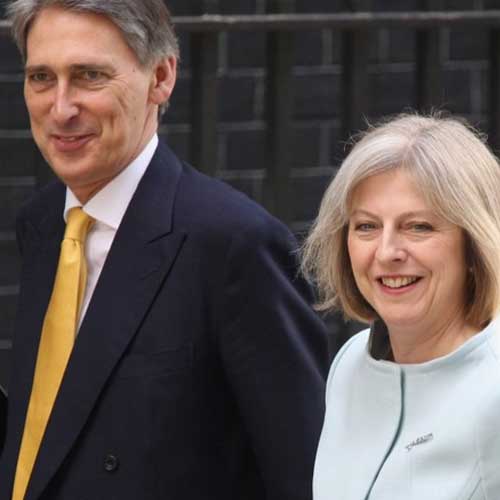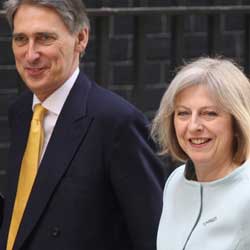Chancellor Philip Hammond delivered his first Budget for 2017 today. This was the final Budget to be held in springtime with the regular Budget to be delivered in Autumn from now on. Of course this means that there will be two Budgets delivered this year.
We provided a breakdown of what we thought this Budget would reveal one week ago.
Below are a list of the key points raised by Hammond, categorised into the specific areas they relate to.
Tax
- Self employed to be burned after the Chancellor plans to raise the Class 4 National Insurance to 10 percent from April 2018 and then to 11 percent from April 2019. It is currently set at 9 percent and even with the removal of the Class 2 fixed National Insurance contribution in 2018 will affect many as an increase. The Chancellor states those earning below £16,250 will not see a rise.
- Dividend tax-free allowance to be reduced to £2,000. A cut of £3,000 from the current amount. This is effective from April 2018.
- Tax-free personal allowance on all other income to rise to £11,500 as previously reported. The higher rate threshold will be set at £33,500 - so this means people earning less than £45,000 gross will not pay higher rate income tax. Scottish taxpayers will see the higher rate threshold cut to £31,500 from April so people earning over £43,000 in Scotland will pay higher rate tax on that income.
- Corporation tax still on target to be reduced to 17 percent in 2020.
- Capital gains tax annual exempt amount rises by £200 from next month to £11,300.
- Digital tax platform changes (Making Tax Digital) have seen a lot of concern across the board from taxpayers to accountants. Chancellor appeases small businesses under the VAT threshold by postponing their mandatory involvement by one year. This means they have an extra year before being required to submit quarterly tax returns.
- Tax avoidance and tax evasion countermeasures have raised £140 billion.
Business
- Business rate revaluation has worried many with up to 400 percent increases for some businesses in London. Chancellor sets reliefs aside to help the situation. £1,000 relief for small and medium sized pubs for one year, £110 million fund for those losing rate relief and £300 million fund for discretionary help.
Duties
- No changes announced for VED and sin taxes.
Economy
- Unemployment apparently now at an eleven year low - it has been a decade now since the economy crashed in 2007. Employment rate is now 74.6 percent.
- Economic growth of the UK second to only Germany - with OBR forecasting growth in 2017 to 2 percent revised from 1.6 percent.
- Wage growth across UK highest in Northern Ireland.
- Inflation forecasted to drop to 2 percent by 2019.
- Borrowing forecasts revised to show borrowing reduced by £16 billion in 2016/2017 fiscal year.
- The UK has £1.7 trillion in debt with interest payments alone costing £50 billion per year.
- UK debt equivalent to £65,000 for every household.
While you wait for the updates, please use our 2017 Budget Calculator below - fully updated with the rates and allowance changes announced last Autumn.
It will be able to provide you with a fast comparison of the changes to your finances from this tax year, 2016, and how they compare from April 2017 on. We have included all taxation rates and allowances revealed from the Autumn Statement only four months ago and these should still stand - however, any changes announced by the Chancellor will be updated to the calculator as they are confirmed.
So, bookmark this page for all the Budget news as it happens!



